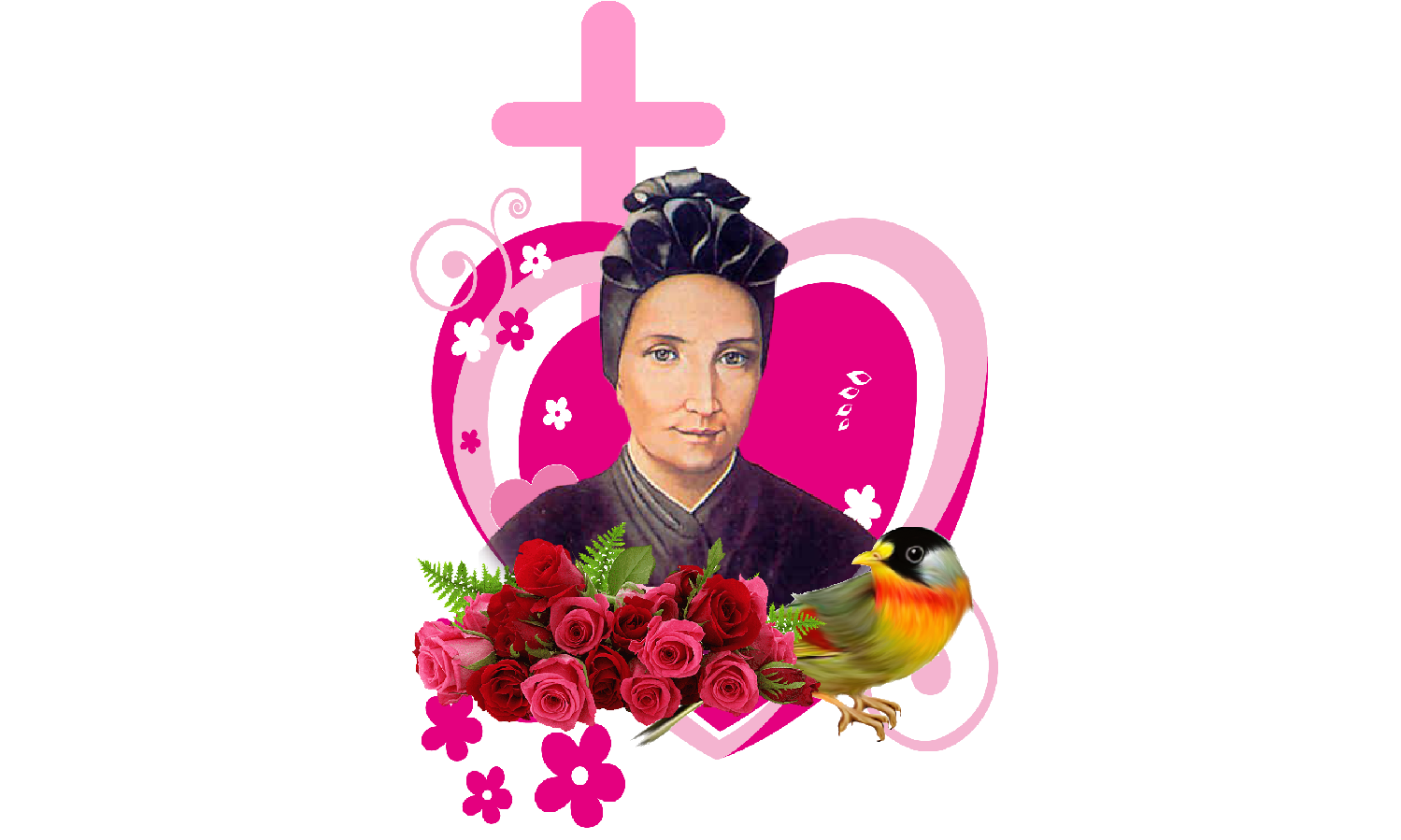Foundress

St. Magdalene of Canossa was born the third of six children of a noble family in Verona, Italy, on 2 March 1774. Her father died when she was five and her mother remarried soon after, so Magdalene was brought up by an uncle and given a good education. By way of painful events the Lord guided her towards unforeseen paths on which Magdalene tentatively set out.
Drawn by the love of God, at the age of seventeen she planned to consecrate her life to God and twice tried her vocation at a Carmel. She was a woman who believed in the love of the Lord Jesus and, sent by the Holy Spirit among those most in need, she served them with a Mother’s heart and an Apostle’s zeal.
Magdalene began a charitable organization to help the wounded and the sick, but gave special attention to girls living in poverty and those who had been abandoned. In 1808 she left the Canossa Palace indefinitely and with some companions, established herself in a poor district of San Zeno. This small group of women were contemplatives, not of the cloister but on the street. Magdalene called them “Daughters of Charity” because their task was to reveal God’s love to humanity.
In 1808 she left the Canossa Palace indefinitely and with some companions, established herself in a poor district of San Zeno. This small group of women were contemplatives, not of the cloister but on the street. Magdalene called them “Daughters of Charity” because their task was to reveal God’s love to humanity.
Magdalene’s vision was full of a missionary spirit and she often said she was prepared to go anywhere and do anything so that Jesus would be known and loved. Although she did not herself fulfill that dream, over time, houses were opened throughout Italy. His Holiness Pope Leo XII approved the Rules of the Institute on 23rd December 1828.
On 23th May 1831 in Venice, she began the first Oratory of the Sons of Charity for the Christian formation of boys and men. She entrusted it to the Venetian priest Don Francesco Luzzo, helped by two laymen from Bergamo: Giuseppe Carsana and Benedetto Belloni.
Jesus Crucified and Mary Mother of Sorrows at the foot of the Cross are the Models that Magdalene bequeathed to her Daughters and Sons, who, guided by the same Charism reach out to the greatest and most urgent needs, especially of the poor and needy, those in pain and particularly the youth.
Magdalene’s active and fruitful life ended when she was 61 years of age. She died in Verona on 10th April 1835 surrounded by her Daughters on 10th April 1835. It was the Friday of Passion Week. Today the congregation has almost 4,000 members in 395 houses in 35 countries around the world.
THE FIVE BRANCHES OF THE APOSTOLATE
1. Education
2. Assistance to the Sick
3. Pastoral and Social Out- reach
4. Formation of the Laity
5. Spiritual Exercises for all
On October 2, 1988 Pope John Paul II canonized St Magdalene of Canossa, a prophet of charity.
